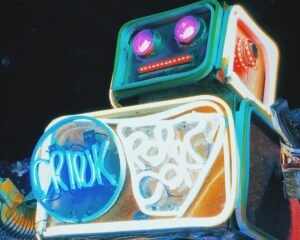
7 Reasons AI Will Take Over HR — and 1 Reason It Won’t
Artificial intelligence has fast become an essential part of HR operations, but what does it mean for the future of HR? TalentCulture’s Meghan M. Biro breaks down how AI will fundamentally transform HR — and why ultimately the human in “human resources” will never go away.

